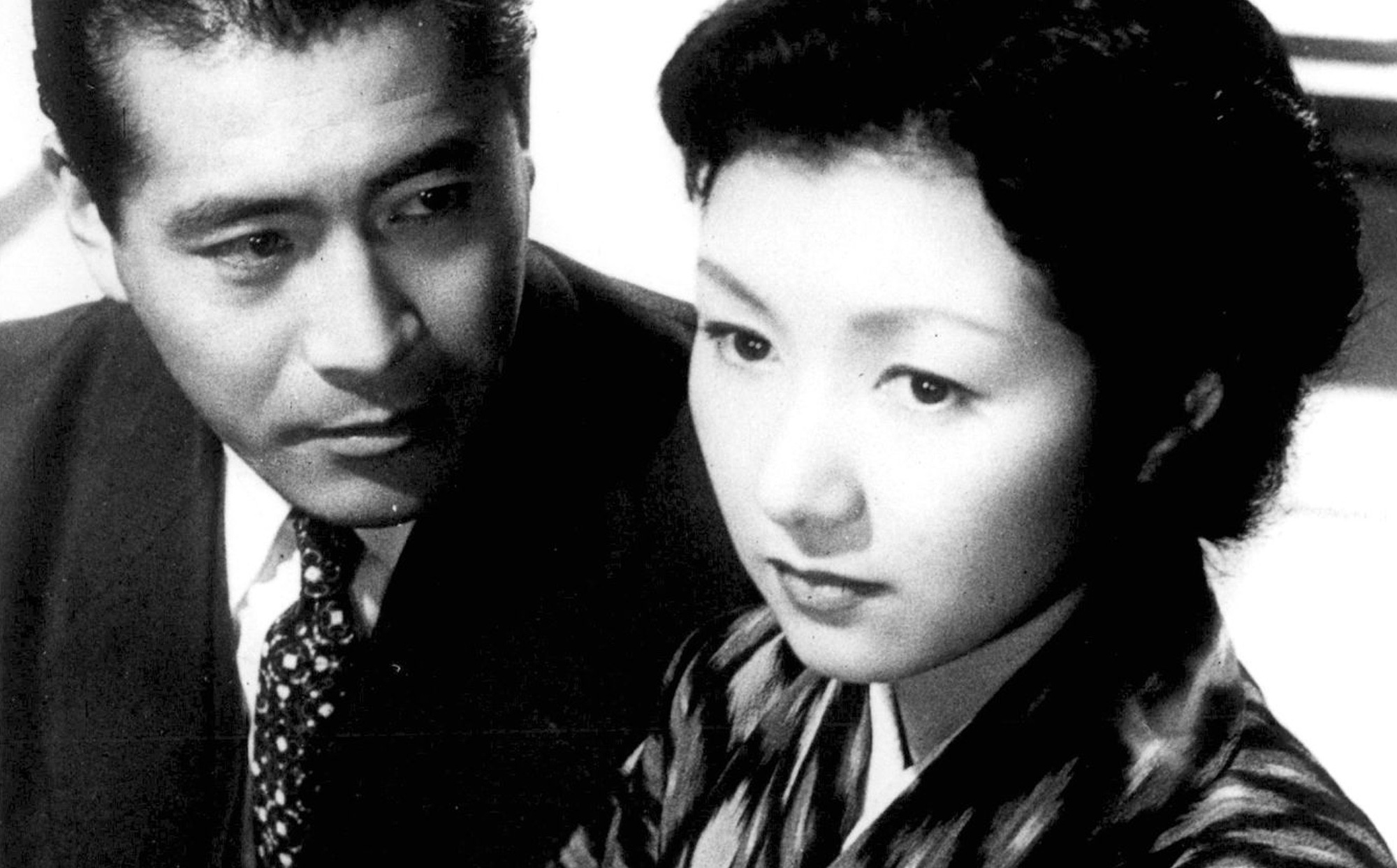
"Naruse's essential 1955 film Floating Clouds employs enough exterior shots to convey the destruction and shock of Japan's defeat in WWII, creating a dismal contrast with the sun-dappled Indochina woods."
"A year later, Takamine played a slightly less desperate character in the mesmerizing women-in-the-workplace saga Flowing, where the office space is a waning geisha house."
"Takamine is a sublime actress, able to communicate to the audience with her face and the smallest movement the opposite of whatever her character has just said."
"Naruse's 1964 masterpiece Yearning centers on Reiko, a hardworking, late-30s proprietor of a family grocery store, who has remained a widow after losing her husband to war."
Kenji Mizoguchi and Yasujirō Ozu were contemporaries of Naruse, who adopted a classical visual style after the Silent Era. His 1955 film Floating Clouds depicts the emotional struggles amid post-WWII devastation, contrasting outdoor scenes with indoor settings filled with tension. In 1956's Flowing, Takamine portrays a woman navigating a changing world from a diminishing geisha house. Takamine's expressive performance is noted for conveying complex emotions. In 1964's Yearning, she plays Reiko, a widow and grocer, reflecting on loss and perseverance, highlighting Naruse's focus on women's lives within domestic contexts.
Read at Kqed
Unable to calculate read time
Collection
[
|
...
]